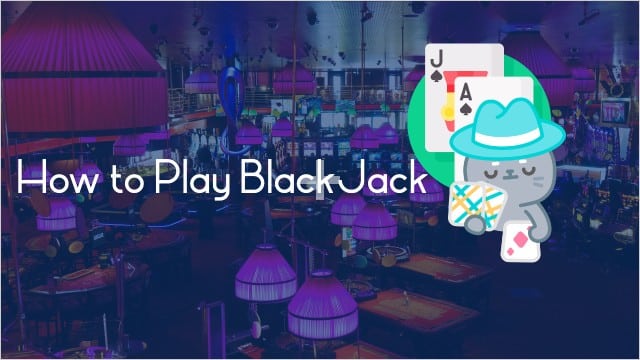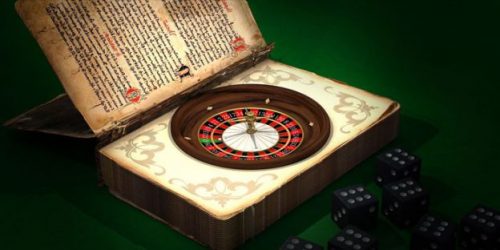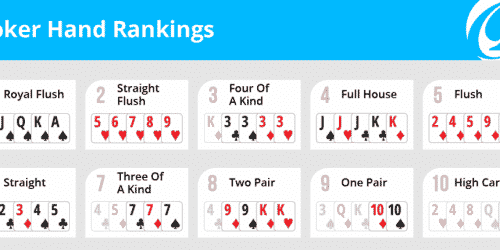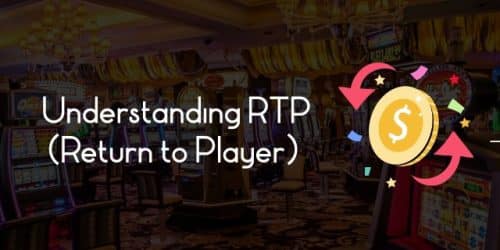How to Play Blackjack: Complete Guide For New Zealanders

Traditional card games rank amongst the most popular games in both online casinos and land-based casino settings and this is definitely the case as well for blackjack. With small differences between different casinos and variants, blackjack is fairly easy to understand. In our country, blackjack is straightforward with many Kiwis taking an interest in the game.
Widely known as Twenty-One (21), the rules of the games are simple, with heaps of opportunities to work with a strategy. As with every casino game, it is crucial to know the basic rules of the game which is why we have put together an in-depth guide about How To Play Blackjack. Here is all Kiwis will need to know to make their first blackjack bet.
Table of Contents
About Blackjack
In all its variants the house edge in blackjack is significantly less than with other games of chance, making this card game one of the most attractive games of chance, from a player’s perspective. Whilst the popularity of this casino game has gotten to its peak thanks to the introduction of online casino websites, its history goes way back to the 18th century in France, where it was colloquially referred to as Vingt-et-Un (21) after which it reached the United States and gained widespread popularity. After another peak in the First World War, it is fair to say that blackjack hasn’t been as popular as it has been in the last decade. This is thanks to digital versions of blackjack with live dealer casinos giving the blackjack game another boost.
How To Play Blackjack Overview |
|
| Goal | Players at the table have the same objective of beating the dealer (the bank/the house) by getting a score as close to 21 as possible — very important, without going over 21. A wrong assumption is that participants need to make a count of 21; lower counts can win too, depending on the dealer’s count. |
| Card Values | The values in a game of blackjack are fairly easy to understand. The values are in line with the numbers on the actual cards as shown on the playing cards. There is a special role for the Ace though, as this is worth either 1 or 11. The player can decide how much it is worth. |
| Play | Before the round, each participant makes a bet, in front of them in the designated area. Bets are placed with chips and need to meet the minimum and maximum limits. |
| Pay-outs |
|
How To Play Blackjack
The game of blackjack is played with slightly deviating rules across different gambling sites, countries, and digital casinos around the world, but most blackjack terms are the same with most of the online casinos in New Zealand being no exception. Here are how these blackjack terms are part of the blackjack game.
1. Shuffle and Cut: To start a game of blackjack, the dealer first shuffles the cards and lets one of the players cut, after which the plastic insert card is placed. This consequently means that the last 60-75 cards do not play a role in the game.
2. The Deal: After all participants at the blackjack table have had their turns and consequently made their bets, the dealer gives one card to each player. These are all dealt face-up, after which one card is dealt face up to themselves. After this, another round of cards is dealt. This will be done face up to each player, with the dealer now also taking the second card face down. As such, each player except the dealer now gets a total of two cards face up, with the dealer receiving one card face up and one card face down.
3. Naturals: If the first two cards of the player are an ace and a “ten-card”, this is called a “blackjack.” This is basically when the two cards add up to a total value of 21 and is highly desirable from both a player’s and a casino’s perspective. If the player has a natural and the croupier at the table does not, the dealer will pay that player 1.5x the amount of the stake. If the dealer has a natural, they collect the stake of all players who do not happen to have any naturals. If both the croupier and the player happen to have a natural, the stake of that player is a stand-off (i.e. a tie), and the player can take back the chips.
Please Note: If the croupier’s card, which is a face-up card, turns out to be ten-card/ace, the next move will be to turn to their face-down card. This move is made by the dealer in order to see if the two cards can make a natural. In the alternative scenario of the face-up card not being a ten-card or an ace, there is no need to look at the face-down playing card as this won’t make a difference for now. This will only happen when it is eventually the croupier’s turn.
4. Player’s Turn: The participant sitting on the left side is the one who is first to play and thus make a move. He or she will need to decide whether to go for a “stand” (which means not asking for another card) or a “hit” (which means the player asks for another card). In both scenarios it depends whether the move is useful in order to get as close to 21.
Please note: This also means that the blackjack participants at the table may stand on the two playing cards originally dealt to them, or they may request for extra cards. It is the dealer who hands out these cards. This will happen one at a time, until eventually deciding to stand on the total (21 or lower), or going “bust” (>21). If the player’s count exceeds 21, he or she loses. This also means that the dealer from their end will collect the bet wagered.
5. The Dealer’s Play: When the croupier has handed out the cards to all the users, the face-down card of the croupier we previously referred to is turned up. If the total turns out to be 17 or more, a stand is required in order to make the best move. If the total happens to be a value of 16 or lower, a card must be taken to move on. The croupier is then also required to continue to take new cards until the total equals a count of 17 or higher. Once this happens, this is the point that the dealer will need to make their move and make a stand.
Please Note: If the croupier decides to use the ace as an 11, this will bring the total to a value of 17 or more (but not over 21). This also explains why he or she will need to “stand” in this scenario. The biggest difference between the dealer and the player, however, is that the croupier’s decisions are basically known upfront, whilst the player has the opportunity of taking 1 or more cards. The player, therefore, has more flexibility than the house, although the casino always has bigger chances of winning.
6. Player’s Signals: Blackjack is known for its different hand signals which will be discussed below. When it’s the player’s turn, they can say “Hit” or can opt for a card. Traditionally this is done by scratching the casino table. This usually happens with one or two fingers. Another way of signaling for a card is to wave their hand in the way someone is asked to “come here” in the Western world. Standing is done by verbally saying either “No More” or “Stand” or alternatively by making a gesture by moving their hand sideways. The latter is done with the palm down, right above the table.
Please Note: If the first two cards that are dealt to the player have the same value, they have the flexibility to consider them as two separate hands which also changes all the next steps. The betting amount of the original stake is then carried over to one of the cards, with a similar amount needed to be placed as a bet on the other playing card.
The user also has the option to double down their bet which is another important move in the game of blackjack. This playing card is then placed face down meaning that it is not turned up until the moment that all the stakes in the game have been taken care of at the end of the hand. The croupier does not have the chance of doubling down or splitting.
7. The Outcome: After all players have made their moves, the dealer reveals their card. The dealer then takes additional cards (hits) until their hand reaches a minimum value of 17 points. If the value of the player’s hand is closer to 21 than the dealer’s hand and does not exceed the value of 21, then the player is the one who wins the game of blackjack. If the player’s hand turns out to be higher than 21, the player loses, which is called a “bust”. If the player’s hand has the same value as the dealer’s, this results in a tie (also known as a push). In this case, the player gets their original stake back. The same happens to the house in case of a tie.
Please Note: A basic rule of the game is that a paid bet never gets returned to the payer. For the dealer, it is therefore considered as very beneficial if the player is the first to make a move. Let’s say that if the player happens to go bust, then they have already lost their stake, even if the croupier goes bust.
Insurance
One of the most important side-bets of blackjack is that of the insurance which is an optional move, often encouraged by the house. The blackjack insurance is put into place to back the player and “protect them against the croupier getting a straight “blackjack”. The insurance in blackjack pays out 2:1 with the max bet allowed for players making use of this option being half of the user’s bet. Overall, insurance is not advised at all, with the only exception being when there are a relatively high number of 10 cards still left in the blackjack game. In all other situations, the price of insurance is considered too high for the return on investment one can get. At the same time, the maximum bet allowed when making use of the insurance tends to be half of the player’s main stake.
Where To Play Blackjack in New Zealand?
Once you are fully familiar with the basic blackjack rules and just want to know which are the best NZ blackjack sites, KiwiGambler has the best options for Kiwis as our casino partners are readily available in New Zealand. This means that most of our picks accept New Zealand dollars and our recommended casino websites often offer bonuses for table games and live dealer games. For the best blackjack games, it is recommended to play RNG blackjack games for beginners whilst the live dealer sections offer more excitement for advanced players. Please note that the casino bonuses may have different wagering contributions according to the blackjack game with generally lower contributions for live blackjack titles.







